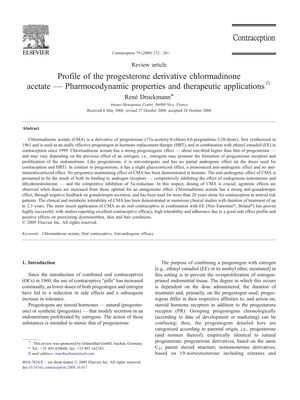TLDR Chlormadinone acetate is a strong, well-tolerated hormone used in birth control and hormone therapy with benefits for menstrual pain and skin conditions.
Chlormadinone acetate (CMA), a progesterone derivative synthesized in 1961, is used in hormone replacement therapy and contraception. It has a stronger progestogenic effect than progesterone and is anti-estrogenic, with no androgenic effect at contraceptive and HRT doses. CMA also exhibits a slight glucocorticoid effect, a pronounced anti-androgenic effect, and no anti-mineralocorticoid effect. Its anti-androgenic action is due to its competitive binding to androgen receptors and inhibition of 5alpha-reductase, with the dosage being critical to avoid agonistic effects. CMA has been used for over 20 years in contraception for patients at arterial risk due to its strong anti-gonadotropic effect. Clinical studies, lasting up to 2.5 years, have shown CMA to be metabolically tolerable. Its combination with ethinyl estradiol in contraceptives like Neo Eunomin and Belara has been highly successful, offering excellent contraceptive efficacy, tolerability, adherence, and benefits for dysmenorrhea, skin, and hair conditions.
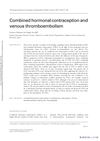 46 citations
,
January 2007 in “The European Journal of Contraception & Reproductive Health Care”
46 citations
,
January 2007 in “The European Journal of Contraception & Reproductive Health Care” Birth control pills increase the risk of blood clots, especially within the first year and with certain types.
164 citations
,
January 2003 in “Drugs” 88 citations
,
January 2001 in “Dermatology” EE/CMA is more effective than EE/LNG in reducing acne.
 49 citations
,
June 1998 in “Journal of Endocrinological Investigation”
49 citations
,
June 1998 in “Journal of Endocrinological Investigation” Cyproterone acetate plus ethinyl estradiol is generally more effective in treating hirsutism, but consider side effects and patient characteristics.
18 citations
,
January 1996 in “Gynecologic and obstetric investigation” The oral contraceptive alone is the preferred treatment for hirsutism, as adding the GnRH analog showed no significant benefit.
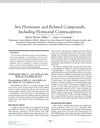 January 2015 in “Side effects of drugs annual”
January 2015 in “Side effects of drugs annual” The document concludes that sex hormones and related compounds have various effects on health, with both potential benefits and risks.
 31 citations
,
May 2012 in “European Journal of Dermatology”
31 citations
,
May 2012 in “European Journal of Dermatology” Menopause affects hair and skin; more research needed for treatment.
 September 2022 in “Dermato”
September 2022 in “Dermato” Adult acne is often related to hormonal disorders, especially in women, and may need long-term treatment involving specialists.
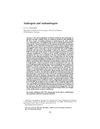 41 citations
,
November 2003 in “Annals of the New York Academy of Sciences”
41 citations
,
November 2003 in “Annals of the New York Academy of Sciences” Male hormones, or androgens, affect women's health in areas like mood and bone density, and hormone replacement therapy using antiandrogenic progestogens can improve mood disorders and alertness in menopausal women.
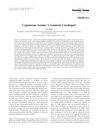 1 citations
,
May 2001 in “Pharmacology & Toxicology”
1 citations
,
May 2001 in “Pharmacology & Toxicology” Cyproterone acetate may cause liver cancer at high doses, but is considered safe at recommended doses for approved uses.
